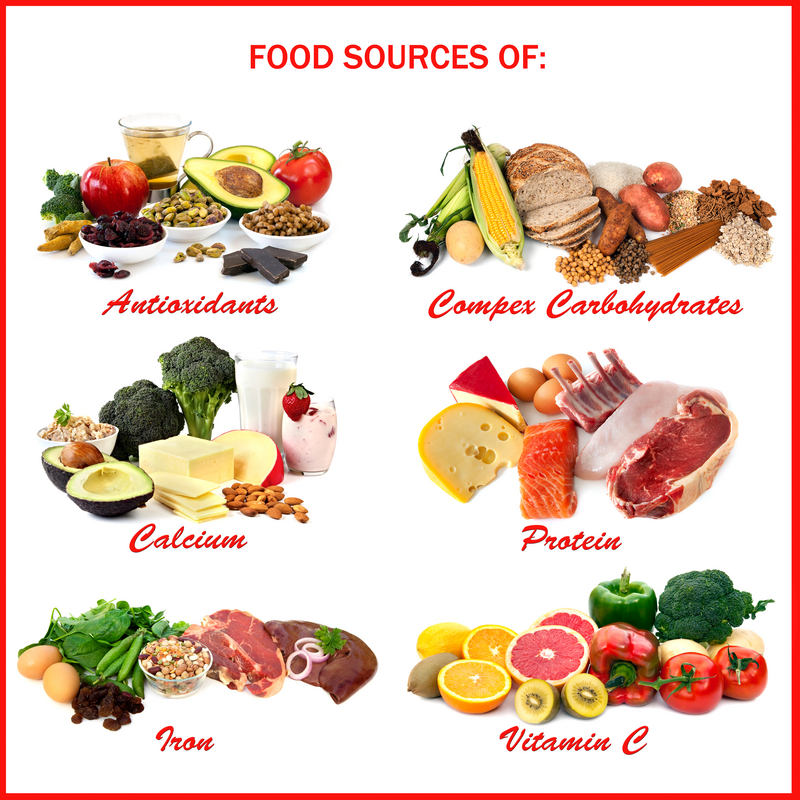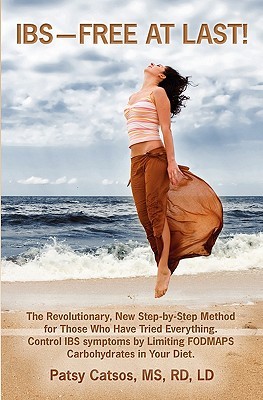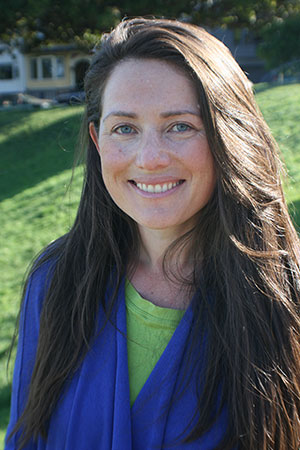More ways to heal symptoms with these IBS diets
The diets I talk about this week have one thing in common. They eliminate triggering foods that can cause digestive symptoms and flare ups. Here’s the link to last week’s grain-free diet post in case you missed it.
While I believe it’s important to remove insulting foods from a healing diet, it’s only a solution if food allergies or intolerance is the underlying problem. It’s important to take out foods that cause sensitivity-related inflammation and feed the bad bugs in your body, but it’s also important to add in healing fermented foods to balance gut bacteria.
The foods that are considered healthy by the general public can cause suffering to people with IBS.
The following article highlight’s 4 more approaches to heal with food.
Food allergies and intolerances can often masquerade as IBS symptoms.
If that’s the case, eliminating the most common food allergens with the elimination diet can be the solution.
The FODMAP diet is another type of elimination diet that removes foods that are hard to digest and create excess gas and bloating.
The Candida diet is specifically for people who suffer from an overgrowth of a yeast called Candida Albicans. A Candida overgrowth can also masquerade as IBS. This diet removes sweet, moldy, yeasty and high-glycemic foods that feed the yeast.
The last diet ocvered is the Body Ecology diet, which is based on the Candida diet. It focuses on rebuilding the ecosystem of beneficial bacteria and reducing bad bacteria. Unlike the Candida diet, the Body Ecology diet offers more than just a way to eat, it covers food preparation, proportions and lifestyle changes.
The Body Ecology diet has popularized the consumption of fermented foods and created some powerful probiotic elixirs that are dairy free. Let’s dive in.
Allergy elimination diet
This diet has been popularized by the functional medical community. Learn more about functional medicine here. Functional medical doctors are the best kinds of doctors to see if you have IBS symptoms because they won’t suppress the symptoms with drugs.
Functional doctors are more likely to address the underlying cause of the problem by working with food to heal mysterious digestive and autoimmune issues.
The elimination diet focuses on removing foods that are known allergens, like eggs, dairy, peanuts, wheat, corn and soy. White and brown sugar may also be taken out of the diet, depending on the circumstances.
Other foods that are known to cause sensitivities are shellfish and night shade veggies (eggplant, tomatoes, peppers and potatoes) and those may also be taken out of the diet if removing the first 6 foods doesn’t work.
If food intolerance is the cause behind a patient’s digestive symptoms, removing these foods can produce amazing results in a few weeks. This approach works well with people who have mild to severe gluten intolerance.
After abstaining from these foods anywhere from one week to several weeks (depending on the doctor) each food is added back into the diet one at a time and the body’s reactions are observed closely.
Elimination diets are often a better way to test for food allergy than food allergy tests, which can be unreliable.
The good news is that sometimes food sensitivities can go away on their own if the food is avoided long enough. But this isn’t always the case, so the long term solution for this problem is avoiding the triggering food(s) forever.
FODMAP
FODMAP stands for Fermentable Oligo Di and Mono-saccharides and Polyols. It describes short-chain carbohydrates found in certain foods. The problem with these types of carbohydrates is that they are not successfully broken down and absorbed by the small intestine.
The FODMAP diet approach to healing IBS symptoms is cutting out the triggering sugars and carbohydrates that increase the amount of gas and liquid in the small and large intestines.
According to FODMAP theory, eating more triggering food not only makes symptoms worse but creates cumulative gut damage. It is also believed that eating high FODMAP foods in combination with each other can increase the severity of the symptoms.
For example, mixing fructose (the sugar in fruit) and lactose (the sugar in milk) can create much worse symptoms than eating fruit or milk alone.
Forbidden FODMAP foods are: fructose (the sugar found in fruit), lactose (the sugar found in milk), fructans (wheat and rye), polyols (certain fruits, veggies and artificial sweeteners), and galactans (dried peas and beans).
Vegetables with lots of insoluble fiber (cabbage, broccoli, brussel sprouts, kale) are not allowed on the FODMAP diet. Garlic and onions are also prohibited.
Some people combine the Paleo diet with a low FODMAP diet. They avoid triggering high FODMAP fruits and veggies and also avoid all the sugary food and lactose-free diary allowed on FODMAP.
What’s allowed on FODMAP
I find it odd that FODMAPS excludes fructose but allows regular table sugar (sucrose) in small doses. Also allowed are high-glycemic milk alternatives like rice milk or lactose-free milk and cheese.
I believe that all dairy (except for plain yogurt) should be avoided while the gut is undergoing deep repair.
Nutritionist, Patsy Katsos, who wrote the FODMAP book, IBS-Free At Last!, claims that this diet works for 75 percent of IBS sufferers. She also says that this diet should work in two weeks time. So if there’s no symptom relief after two weeks, you know that FODMAP is not your solution.
What is not allowed on FODMAP
High FODMAP foods are honey, wheat, apples, pears and stone fruits (such as plums and peaches), along with the onion family and artichokes. Cabbage and beans must also be given up, as must polyol sweeteners (such as sorbitol, mannitol and xylitol), which are often added to sugar-free varieties of mint, chocolate and chewing gum.
The diet eliminates high FODMAP food for 8 weeks and then after the symptoms subside, each food is introduce, group by group so people can discover which of the foods they are most sensitive to. They use this information to create an individualized low FODMAP diet that becomes their normal way of eating.
This is a more in depth list of foods that must be avoided on a low FODMAP diet.
Candida Diet
The Candida diet concentrates solely on killing a yeast infection in the body called Candida albicans. This yeast naturally occurs in the body in small numbers but when it grows out of control it can become a parasitic, whole-body infection that wreaks havoc. It can cause IBS symptoms like poor digestion, constipation and bloating.
It also causes chronic yeast infections, mood issues, anxiety, depression, sugar cravings, brain fog, fungal issues, and exhaustion.
Because Candida yeast are fed by any kind of sugar, it’s the main thing prohibited on this diet. Even fruit is banned other than sour, low sugar fruit like grapefruit, lemon/lime, berries and granny smith apples.
One of the frustrations with this diet is that there are so many variations about what is and isn’t allowed. That is what drove me crazy when I tried this diet. Some authorities say it is ok to eat grains like amaranth and quinoa while others exclude all grains.
Dairy is excluded but some diets, while others allow plain yogurt. Because moldy foods are not allowed, mushrooms and even left overs are prohibited on this diet.
What is Candida?
Candida Albicans naturally exists in the body and is only problematic if it overgrows. At healthy levels Candida consumes unfriendly microbes produced in the gut.
When Candida overgrows, it mutates into a harmful fungal form that permeates the gut and enters the circulating blood. Eventually it colonizes tissue throughout the body and produces powerful toxins that challenge the body’s natural detoxification pathways.
Candida yeast breaks up organic compounds (body tissue) to use as energy. So it basically steals your energy.
When the body is in balance, its population of beneficial bacteria prevents Candida overgrowth. Anything that diminishes or disturbs the balance of beneficial bacteria gives Candida the opportunity to overpopulate.
The number one cause of Candida overgrowth is antibiotic use because it wipes out beneficial bacteria. Not everybody who takes antibiotics gets Candida overgrowth. Other factors contribute like stress levels, a high sugar diet, and other medications like steroids, immune suppressing drugs, antacids or the birth control pill.
Foods and supplements that kill Candida are garlic, olive leaf extract, oregano/oregano oil and grapefruit seed extract.
On the Candida diet I had to eliminate all sweeteners, rice and grains, most fruit and fruit juice, dairy except for plain yogurt, beans, soy, mushrooms, vinegar, coffee, tea, alcohol
and artificial sweeteners.
When I tried this diet I lost a lot of weight and my life-long cat allergies vanished!
But it did NOT help with my constipation. I was only on this diet for 6 weeks as an experiment, but it’s recommended for 6 months minimum.
Body Ecology Diet
The Body Ecology Diet (BED) was created by Donna Gates, who developed the program based on her personal experience with battling Candida. Gates believes that “our digestive systems are intimately linked to our immune, endocrine, circulatory and central nervous systems” and that our digestive systems must have a healthy balance of beneficial bacteria to function well and ward off disease.
BED has been around for a while and is popular with celebrities like Jessica Biel and Chynna Philips because it promises anti aging benefit. But it’s most famous for popularizing a powerful fermented beverage, coconut water kefir, an alternative to dairy-based kefir.
What foods are allowed on the BED diet?
BED does not exclude meat but rather it minimizes animal protein to 20 percent of the diet with vegetables making up the other 80 percent. Only grass-fed, organic meat is allowed but must be eaten with fermented veggies. Fish is a preferred protein source and eggs are encouraged, but with caveats.
Mineral-rich ocean veggies, like seaweed and fermented veggies are highly encouraged on the diet. As are garlic, most herbs, spices and sea salt.
The vegetables that are not allowed, due to high sugar content, are parsnips, beets and white and sweet potatoes. Also mushrooms are prohibited except for the shitake variety. Tomatoes, eggplants and bell peppers are also forbidden.
The four grains allowed are millet, quinoa, buckwheat and amaranth. Sunflower, pumpkin and flax seeds are ok but must be soaked or sprouted before eating so they are easier to digest. Grains, seeds and nuts can comprise no more than 20 percent of any meal. Corn is not allowed at first but may be added later in some cases if symptoms improve.
Organic and unrefined oils allowed for cooking are coconut oil, ghee and butter. Seed oils, such as safflower, sunflower, pumpkin seed, hemp, evening primrose, borage and flax, are only allowed if they are unheated.
Learn more about the Body Ecology Diet here.
Next week I will publish the last installment of IBS-healing diets.




[…] but results are not always reliable. The best way to test for food sensitivities is an elimination diet. This diet removes suspected foods for one to three weeks and then adds them back in one by one to […]
[…] is the last installment of my IBS diet series. If you missed the first three parts, they are here, here and […]